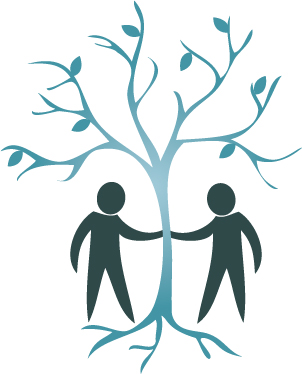Kat is a stimulant. It is an amphetamine and has similar effects to Cocaine and Tik. Kat comes in two forms – the original (Cathinone) and artificial form (Methcathinone). Kat originally comes from a leafy green plant called Catha edulis. The leaves at the top of the plant are used and have the active ingredient cathinone in it. The leaves are green, brown or yellowish in colour depending on their age.
The artificial form is more potent and is known as methcathinone. When made it is usually in a white/off-white powder. Both chemicals cathinone and methcathinone are harmful and speed up the functioning of the Central Nervous System. Although methcathinone is more potent, both forms of kat have similar symptoms and effects.
Also known as: Thcat, Mirraa, Quat, Gat
How is Kat used?
The Kat leaves are chewed or brewed in tea and swallowed. The powder is usually snorted or injected. When made available in the dance scene it is in a tablet form. Kat is used in a crash binge pattern (use a lot, go into withdrawal then use more to stop the withdrawal symptoms) that lasts four to six hours.
Symptoms of Kat use?
- Dilated (Enlarged) Pupils
- Dehydration and Sweating caused by an increase in body temperature
- Weight Loss
- Insomnia (Problems Sleeping)
- Rapid Heart Beat
- Teeth grinding and jaw clenching often resulting in gum being chewed.
- Twitching
What are the effects of Kat?
- Euphoria – feelings of extreme happiness
- Increased confidence – the user begins to talk more and feel good about themselves.
- Sharpened senses – becoming more alert
- Impaired Judgement and Concentration
- Increased Energy
- Rapid Speech
- Aggression
- Restlessness
- Mood Swings
- Anxiety
- Hallucinations (seeing, hearing or feeling things that are not really there)
What are the long-term effects?
- Addiction – dependency is developed rapidly especially to kat in the powder form. The risk of addiction is similar to Tik and Cocaine where the user will feel unable to cope once they have stopped using. Their daily use increases and withdrawal sets in.
- Decrease in Mental Health
This may involve:
- Psychosis: Feeling out of touch with reality; experiencing delusions, paranoia and hallucinating.
- Panic Attacks and Anxiety due to fear.
- Depression with the risk of suicide.
What happens when you stop using?
- Anxiety
- Irritability
